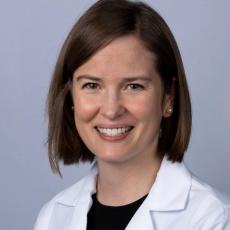

How cardiac ICU patient composition is changing over time
The cardiac intensive care unit is no longer only a place for patients recovering from heart attacks, like the coronary care units of decades past. A new University of Michigan study finds slightly more than half of heart patients are admitted to the CICU for noncardiac conditions, such as sepsis or renal failure, rather than for a heart condition.
“It’s an opportunity for providers to assess training and staffing models,” says lead author Shashank S. Sinha, M.D., M.Sc., an advanced heart failure and cardiac transplantation fellow at U-M’s Frankel Cardiovascular Center. The study was recently published in Circulation: Cardiovascular Quality and Outcomes.
“In order to get admitted to a CICU, you either have a primary cardiac condition – such as a heart attack or heart failure – or you have a sick heart from a prior event and now are admitted with a primary noncardiac condition – such as sepsis or lung or kidney failure,” Sinha says. “We found a remarkable rise in primary noncardiac conditions associated with a rise in secondary cardiac comorbidities. This suggests patients with sick hearts from prior disease are now getting admitted to CICUs with conditions that anyone can get.”
Sinha says this is the first data on numbers, types and outcomes of elderly CICU patients across the U.S., although others have reported similar findings at single academic centers.
“It’s useful to understand what types of patients are now getting admitted to the ICU to ensure that all staff, from nurses to respiratory support to physicians, are appropriately trained to manage them,” says co-author and IHPI member Michael Sjoding, M.D., M.Sc., an assistant professor of internal medicine and pulmonologist at Michigan Medicine.
Researchers say the future critical care cardiology workforce could be different in many ways, including training cardiologists to develop additional expertise in critical care or bringing in intensivists to co-manage those patients with noncardiac conditions such as infectious diseases or respiratory failure.





